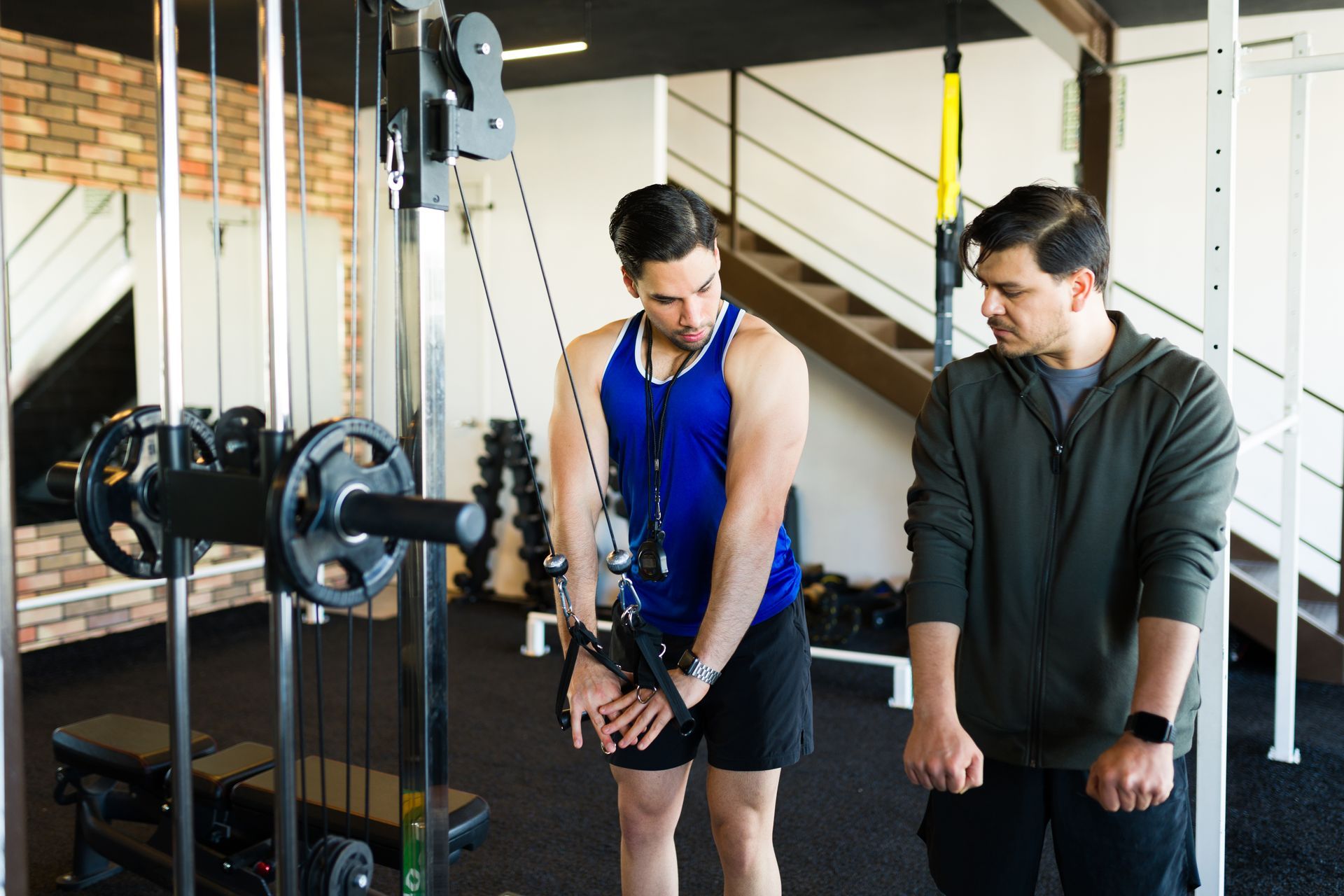May 13, 2022
5 Habits of Fit People

It's not a surprise that people who go to the gym tend to be in better shape than those who don't.
And without a doubt, the reason why they are healthier and fit resides within their habitual life.
But what are the specific habits of people who make fitness a priority?
This is exactly what we’re discussing in this blog post. Keep reading and steal some of these habits from the fittest people around.
#1 Waking Up Early
Most people who are into fitness understand that waking up early is one of the key habits of fit people.
When you wake up early, you have more time to work out, eat a healthy breakfast, and get on with your day.
Because let's be real, life likes to throw us curveballs and one of the most common excuses to not take care of your body is "I don't have time." If you wake up early, you're opening yourself to a greater window of time to do what you have to do.
#2 Exercising
I know...duh! But I can't talk about the key habits that fit people have without talking about working out.
This doesn't mean you have to go all-out in the gym every day. But it does mean moving...regularly.
Having a fit body is simply the side effect of being a functional human being. So...lift some weights. Do some hiking. Do some bodyweight exercises and yoga. Explore all the ways in which your body can move!
Getting in shape isn't difficult. It just requires some effort and dedication.
#3 Meal Prepping
Meal prepping is a great way to make sure you have healthy, home-cooked meals without having to spend hours in the kitchen.
By preparing your food ahead of time instead of ordering out, you can save both money and time. You'll also have control over the ingredients and portion sizes of your meals.
Meal prepping is a great way to make sure you have healthy, home-cooked meals without having to spend hours in the kitchen.
By preparing your food ahead of time instead of ordering out, you can save both money and time. You'll also have control over the ingredients and portion sizes of your meals.
#4 Non-Exercise Activity
One of the other considerations is that fit people are generally more active in their daily lives. This refers to NEAT - Non-Exercise Activity Thermogenesis.
While most people have jobs that are very sedentary, and many view activity and exercise as a chore, movement is really just a fundamental thing for fit people.
A side note worth mentioning here is that fit people are also more likely to have a better self-image. When you're healthy and fit, it shows in your attitude and the way you carry yourself. This, in turn, encourages you to stay active and maintain a healthy lifestyle.
#5 Stress Management
Last but not least, fit people are really good at stress management.
What does that have to do with being fit, you may ask? Well, it’s quite simple - As you have probably figured by now, getting and staying in shape requires a lot of effort. And frankly, unmanaged stress makes it twice as hard to stick to a routine that requires effort.
If you ask any fit person what’s at the core of their routine, you’d hear about things like conscious thought management and meditation.
Final Thoughts
As you can see, besides the obvious things like working out and eating healthy, fit people have some good life habits.
And as we all know, it’s easier to stick to something when it becomes a habit.
So if you want to be one of those fit people (or just get healthier), start forming some good habits today.





